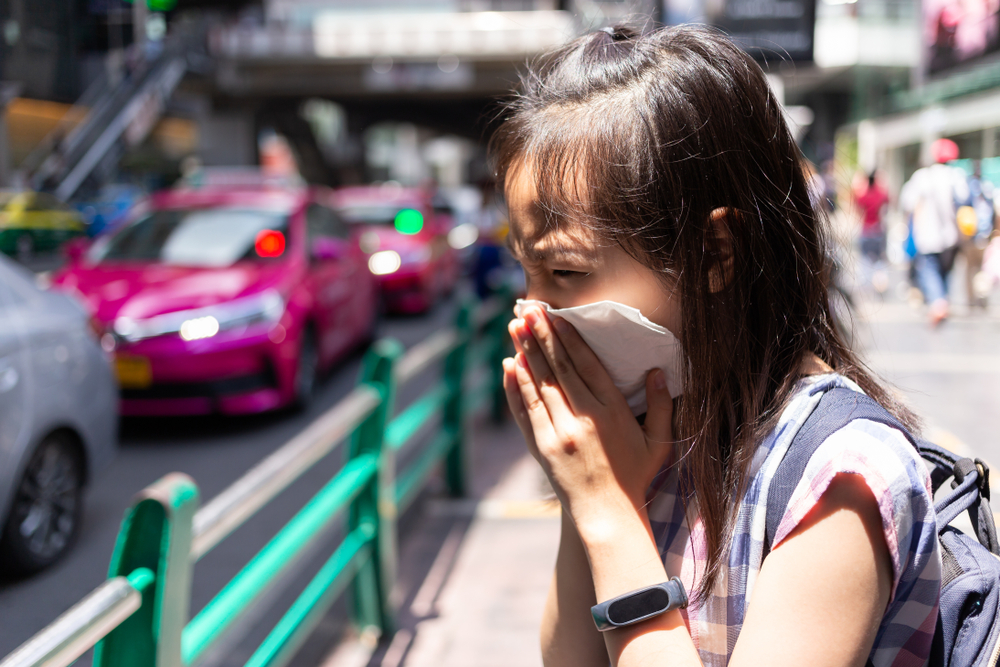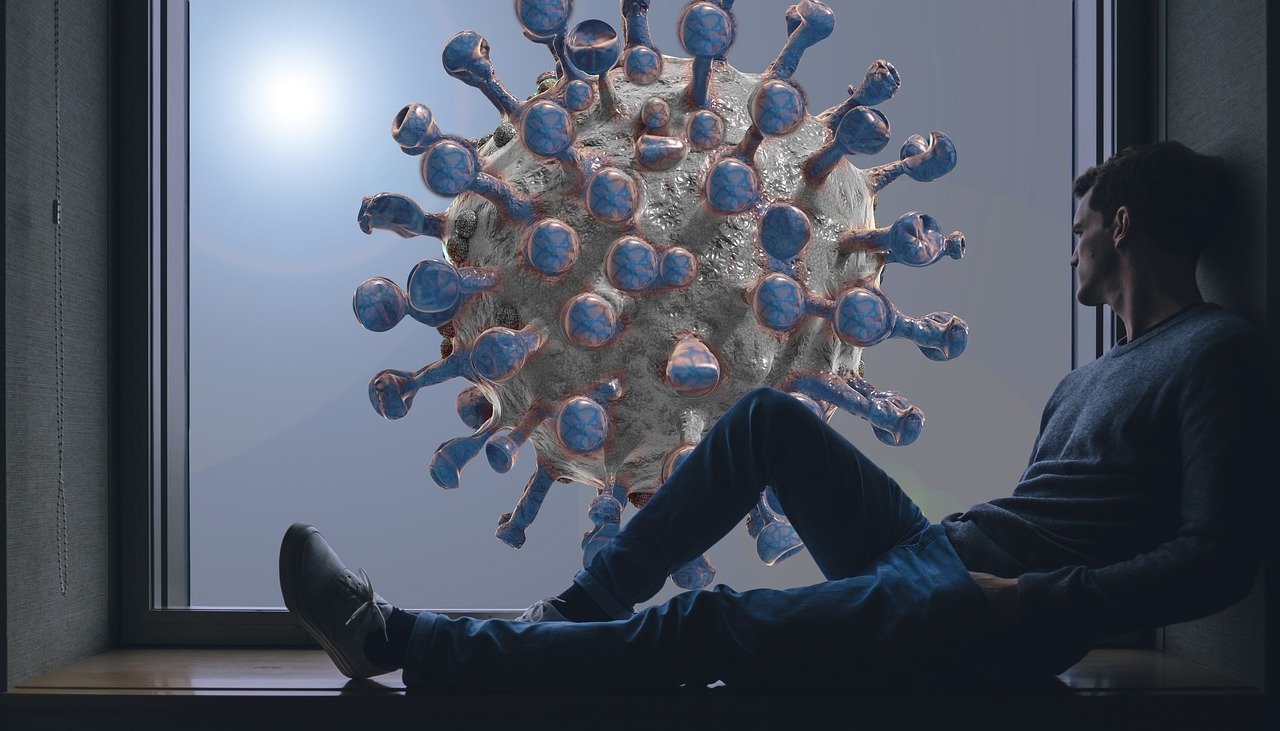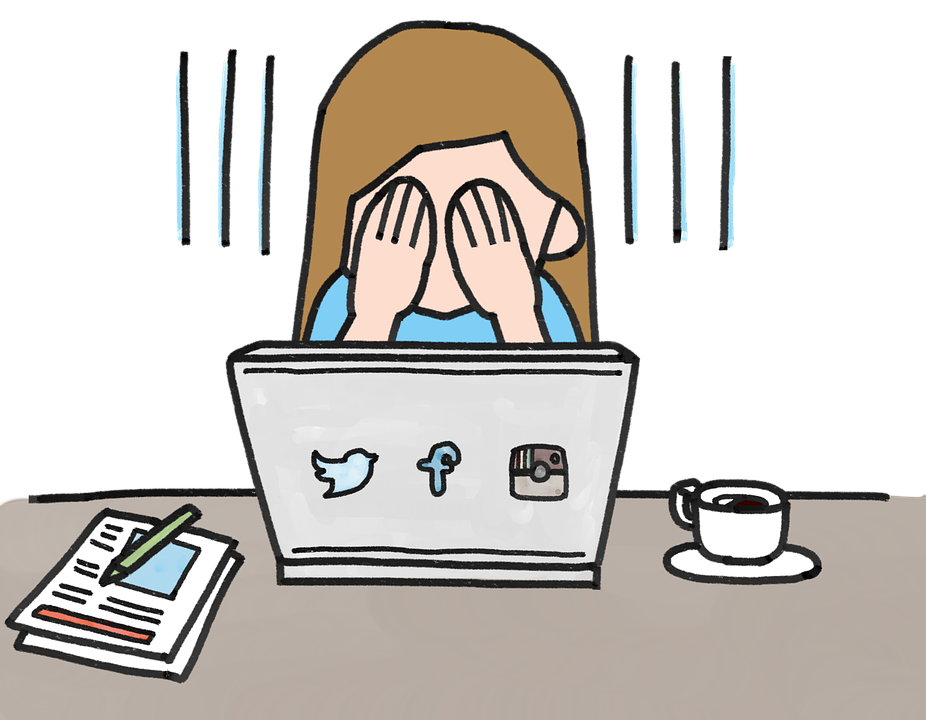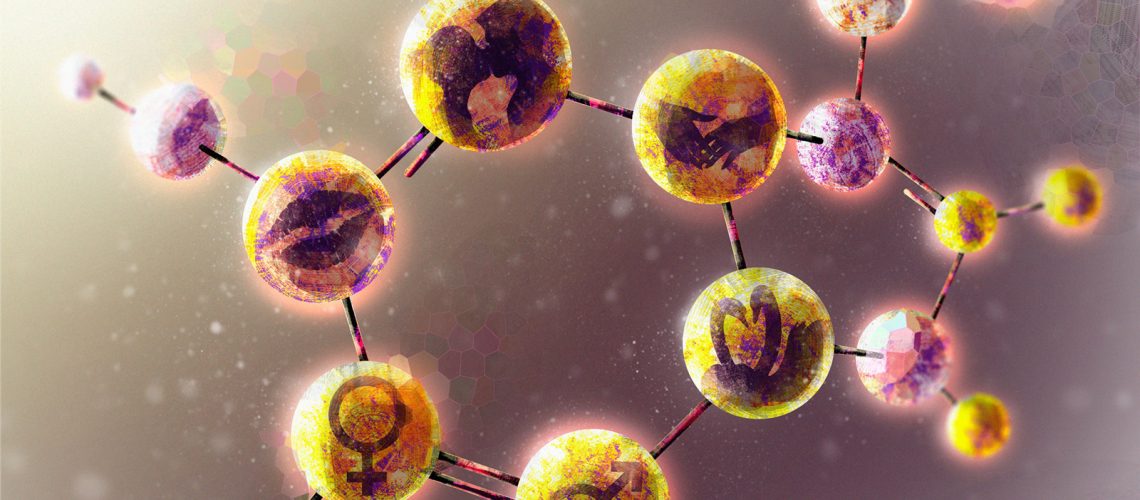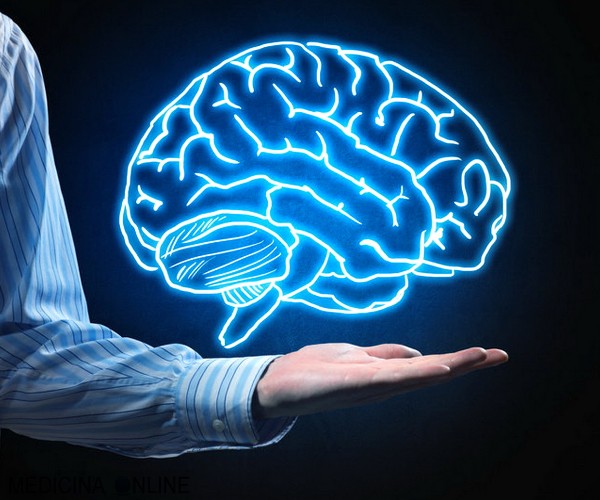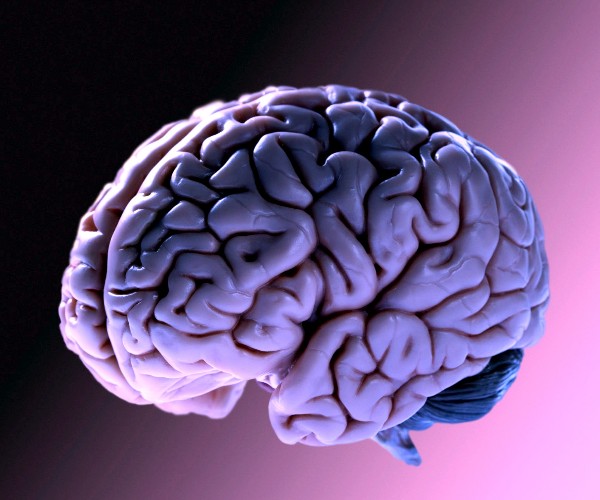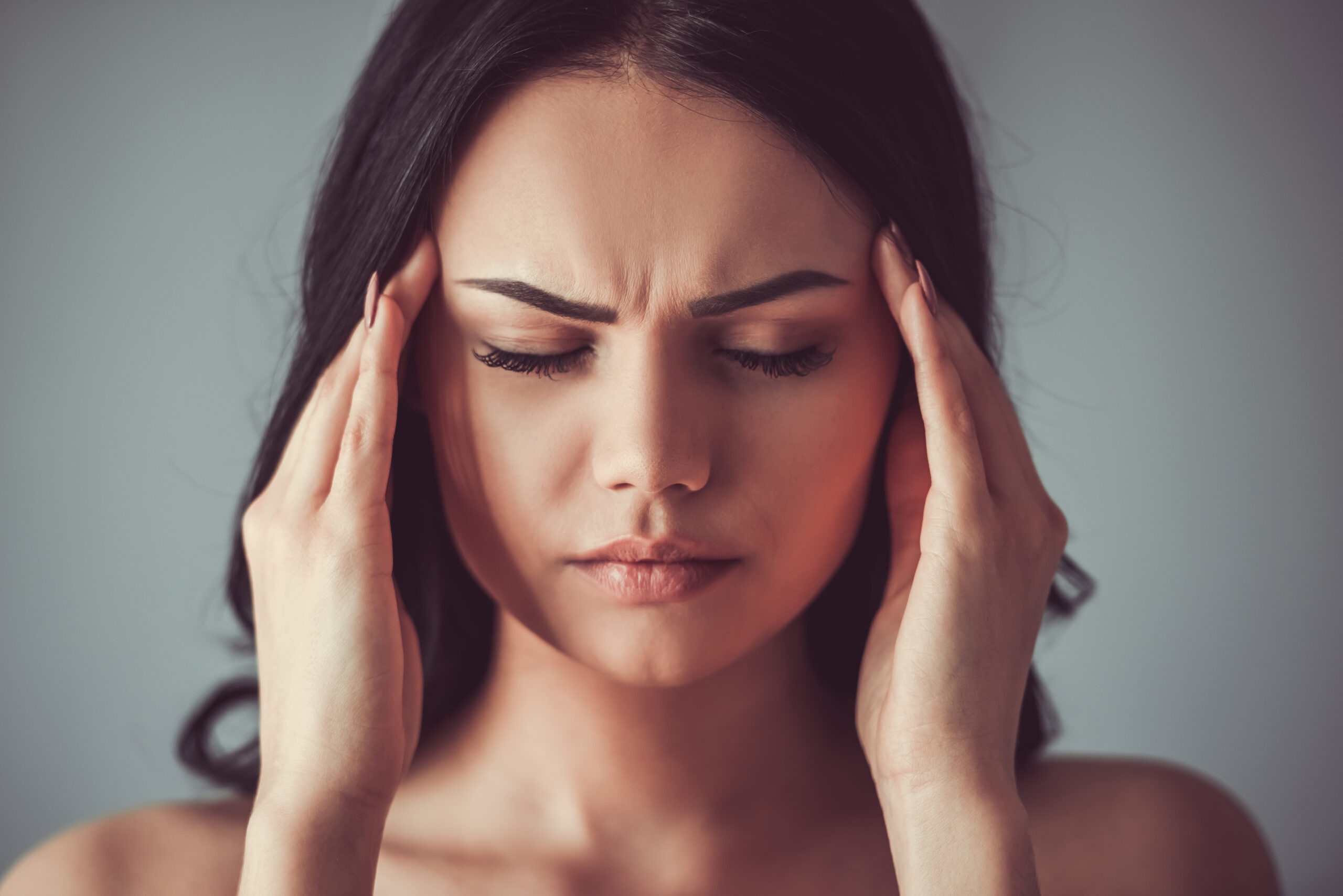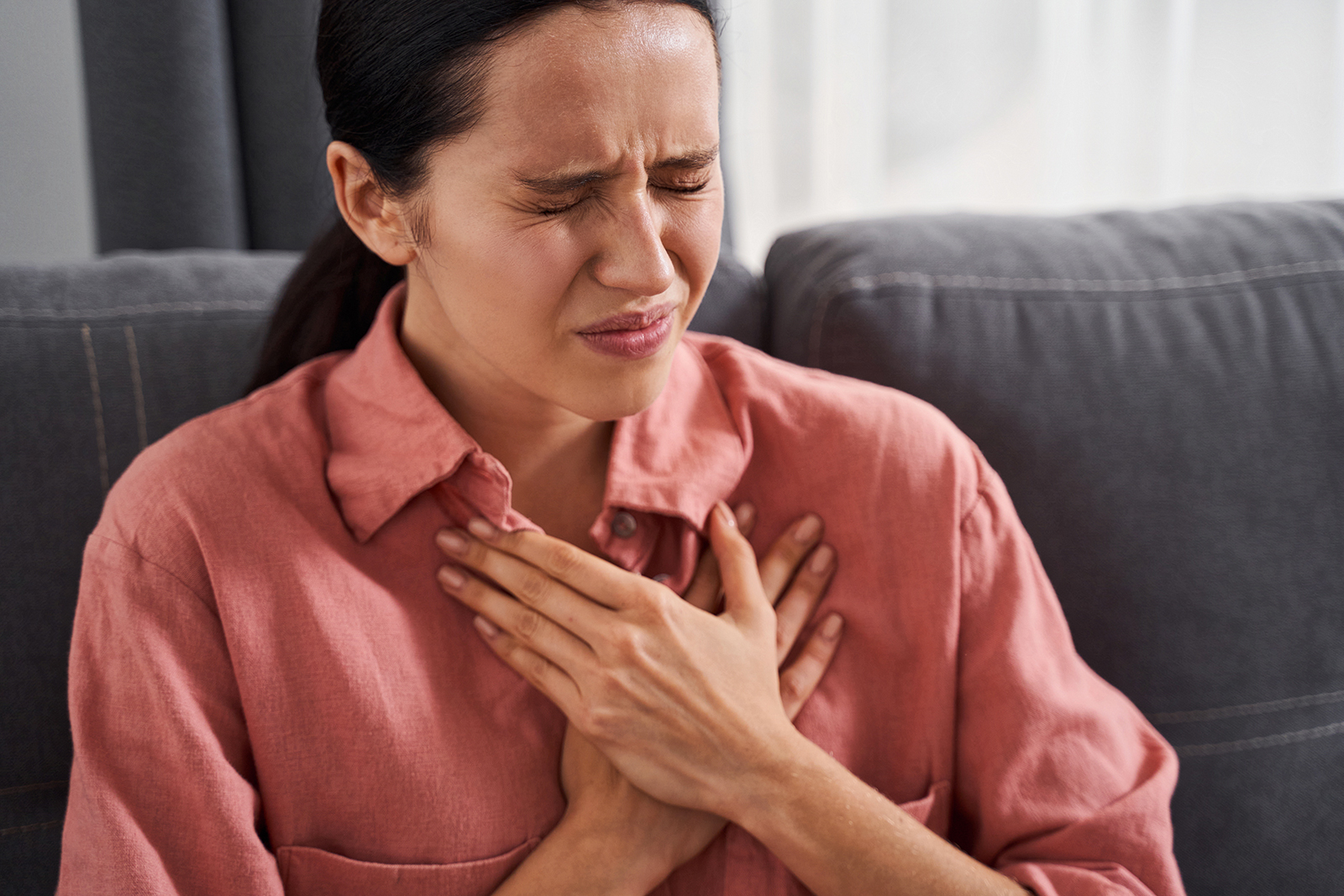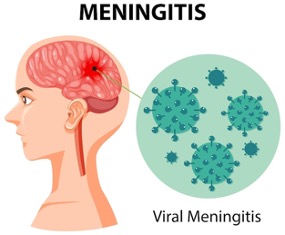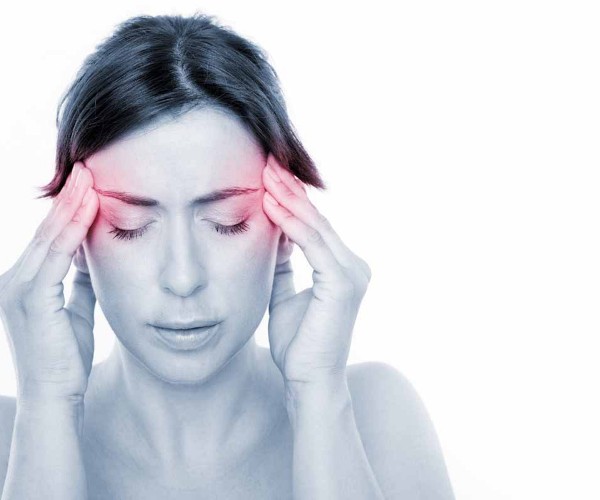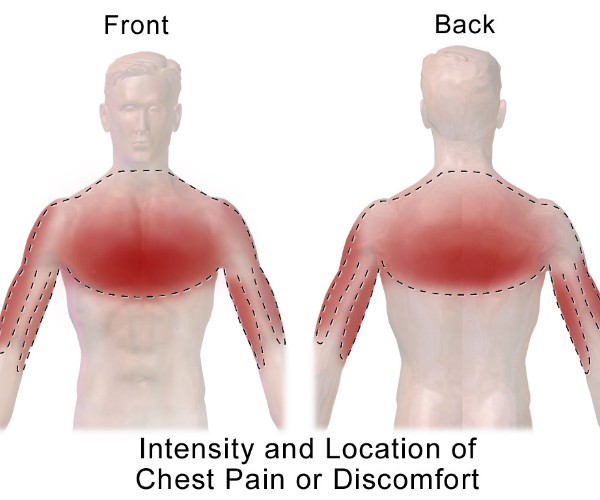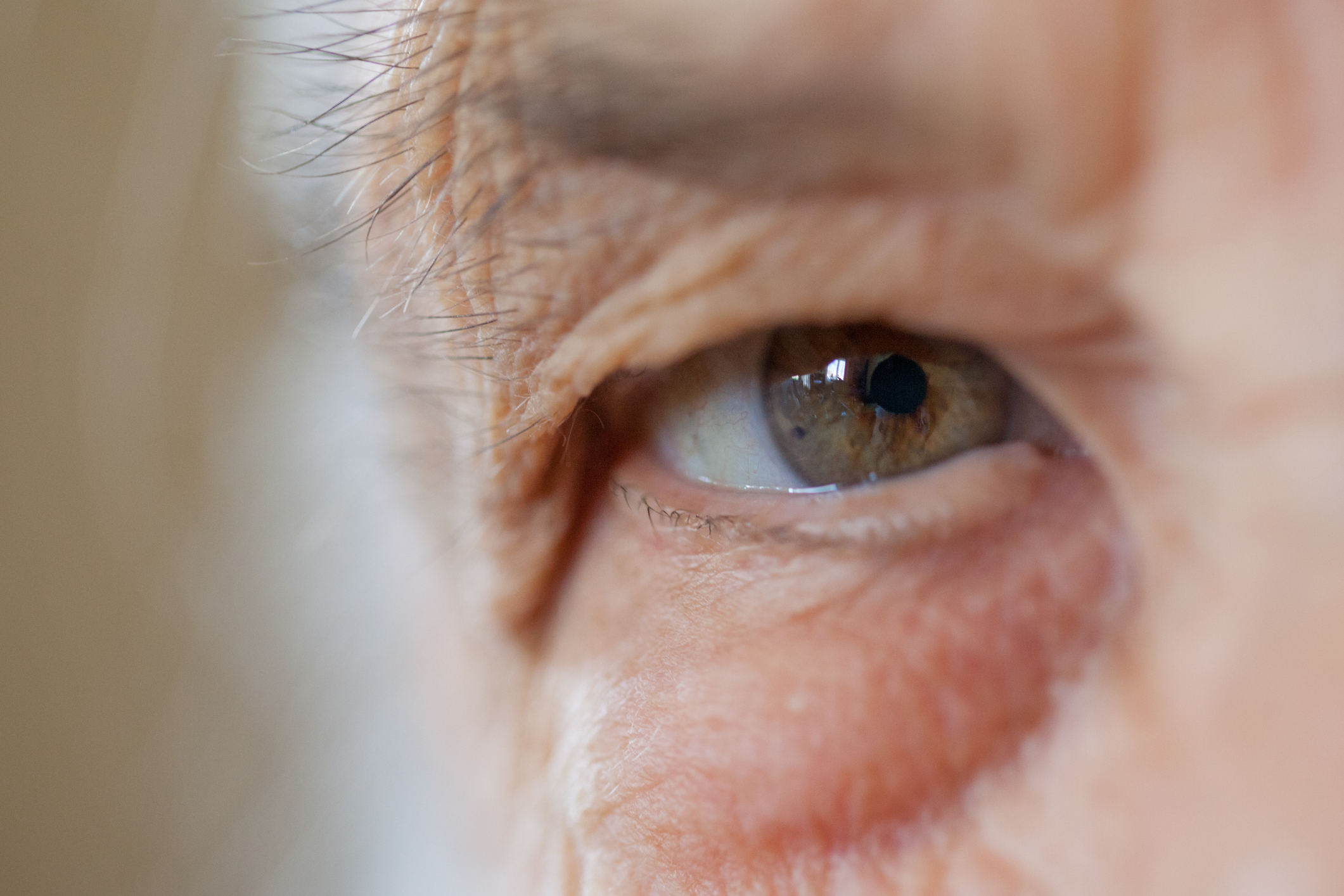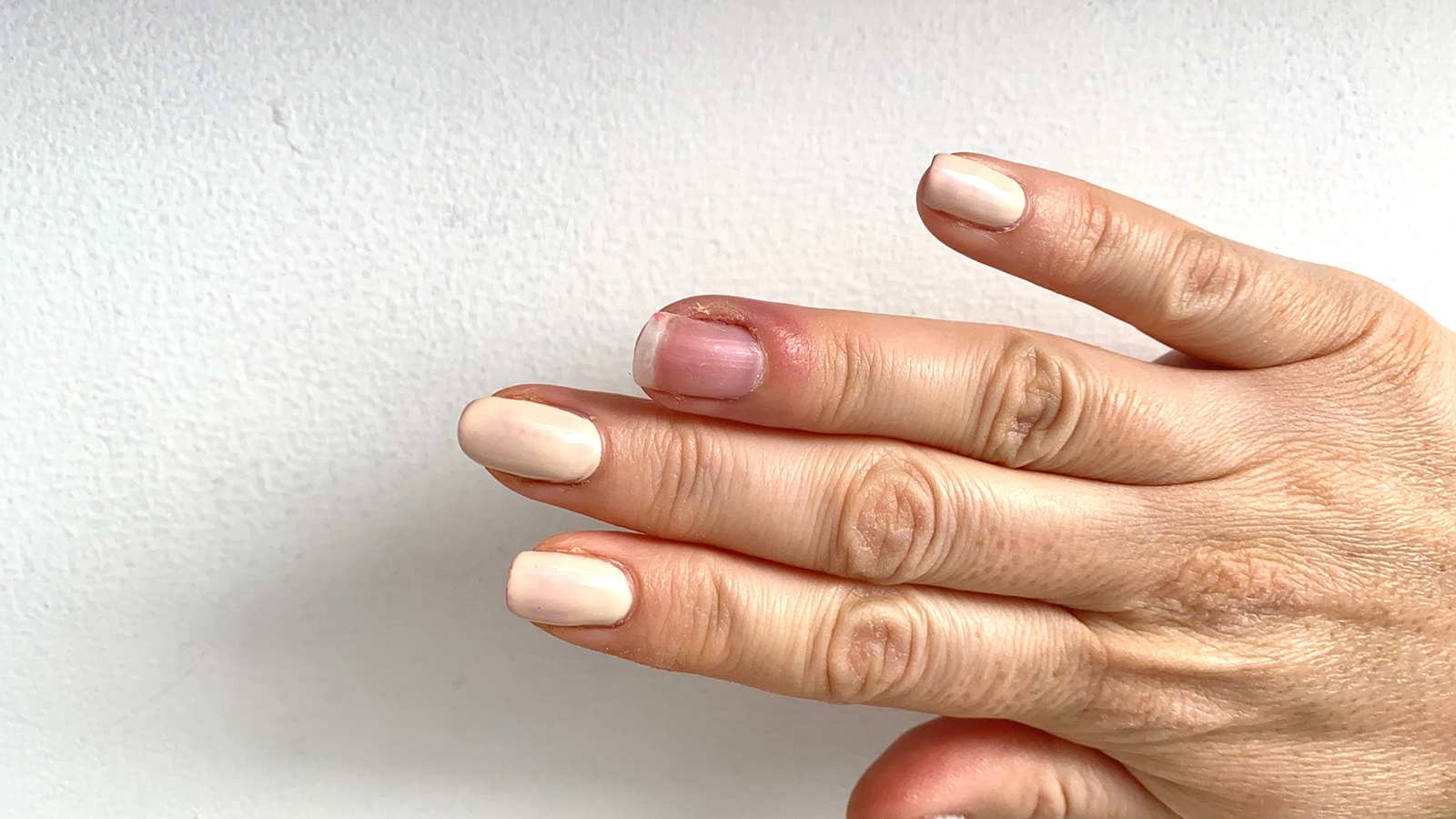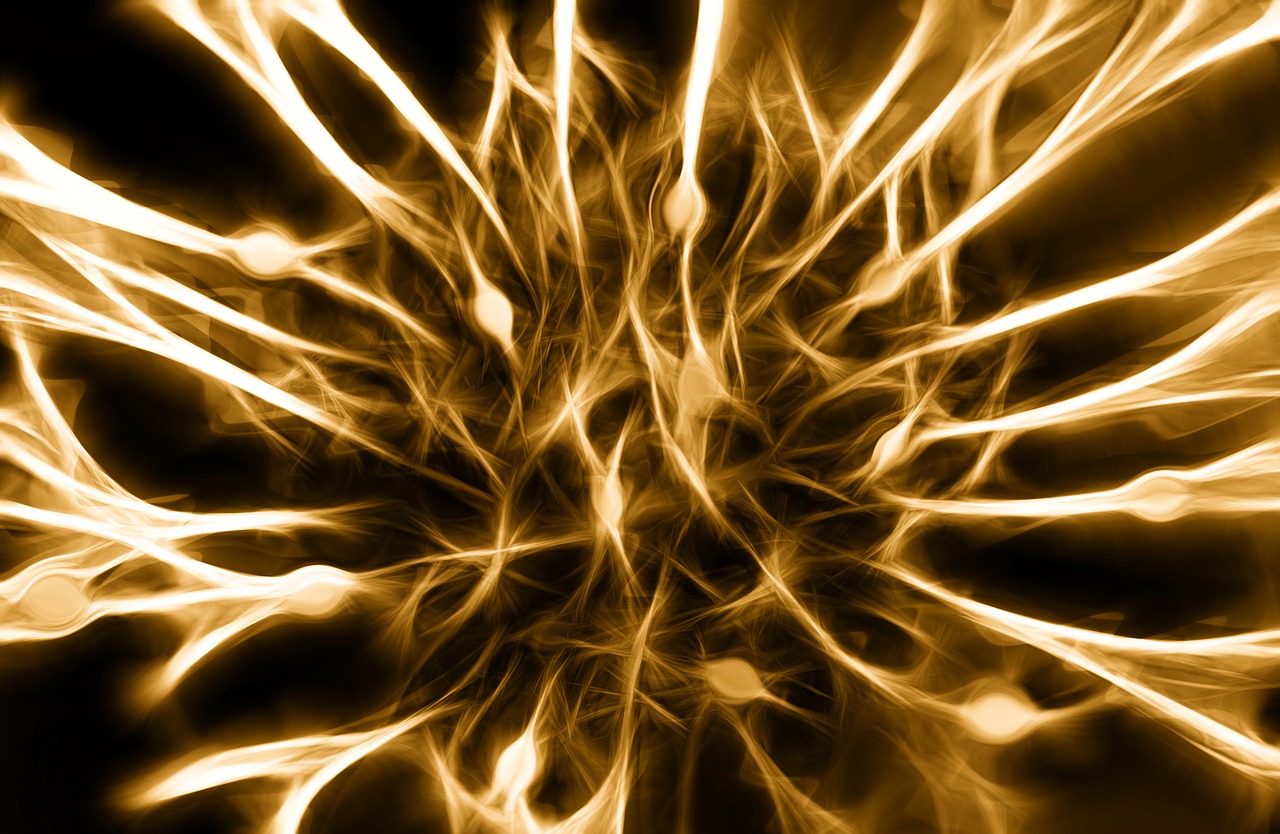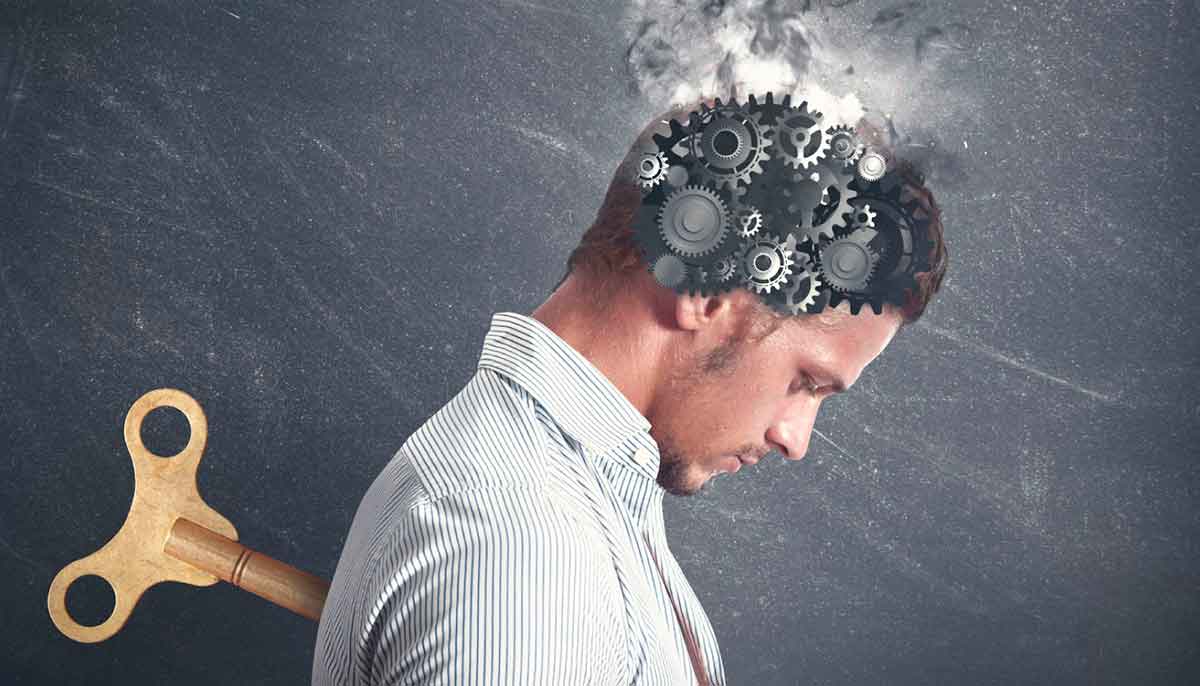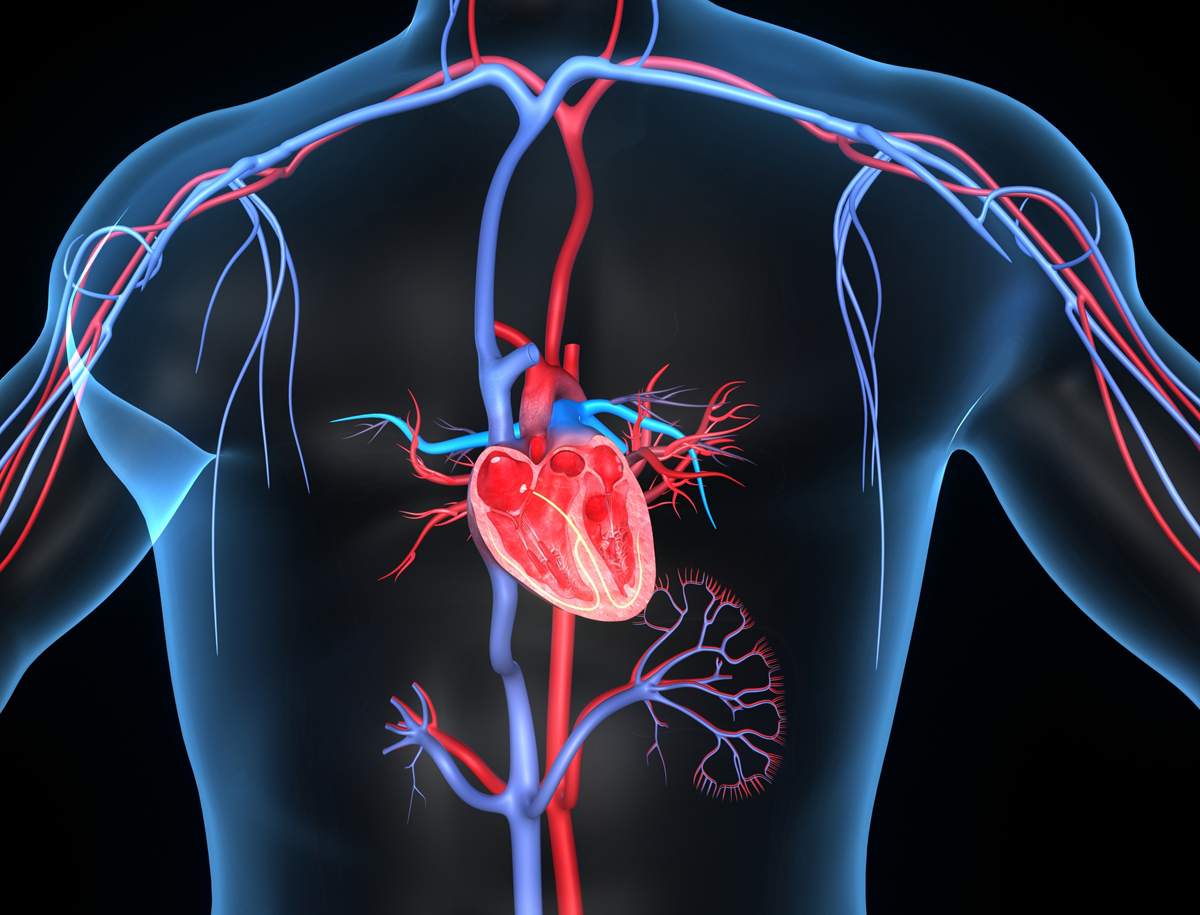Nature has thought of everything when you consider that chemicals originating from the nervous system that can help the body cope with stress and pain are passing through the body: the endorphins, whose name is derived from the conjunction of two terms that might sound like “inner-morphine” They act as if they have the task of producing feelings of satisfaction and contentment, but also to contain and soothe pain, like painkillers.
As often as they increase and are in circulation in the human body, they produce a sense of well-being and sometimes euphoria, as often happens to athletes after a successful performance when they appear on a high and particularly excited.
Endorphins are produced primarily in the hypothalamus and pituitary gland, areas of the nervous system, but it is not excluded that they may also come from other compartments of the body.
They all have this extra “gear” available in them, some in more significant amounts, others with lower levels, a difference that can affect the character and mood state of people.
Basically, endorphins can be defined as neurotransmitters produced by the brain that act in the human body in the same way that a drug, such as an opioid, can act to control pain and stress in particular situations, since they combine with receptors in the body to curb pain.
The same chemical behavior as opioids is that of endorphins, which, by binding to receptors, have a pain-relieving action.
However, it should be said that despite some common characteristics, the difference between opioid drugs and endorphins is relevant to many factors, including their respective compositions, dosages, and finally their effects on the body over time.
Their respective compositions: while opioids contain oxycodone, codeine, hydrocodone, and morphine, components capable of causing addiction, endorphins, on the other hand, are peptides, that is, groupings of a few amino acids, which function as natural messengers with a physiological function of neurotransmitter hormones.
The respective dosages: while the dosing of opioids requires careful pharmacological application because of the risks on the effects on the body, as reported by the statistical data for overdose or abuse, especially for those seeking “the high,” endorphins, being dosed in the body naturally, do not pose any risks, functioning by a similar mechanism, although the effects produced are certainly more restrained.
The effects on the organism over time: while opiates, especially because of the risk of incorrect dosage or abuse, can produce undesirable effects over time due to “addiction” that alter people’s perceptual abilities, physiological functions, and general health status, endorphins do not involve effects over time, nor risks to physiological functions, nor symptoms due to addiction.
Since endorphins are particularly present in the world of sports performance, and since the state of well-being that usually ensues for athletes after a good performance is well known, it has been referred to as “mild addiction” because of the pursuit of the “endorphin high” by sports performers who, having had this natural experience, strive to experience it again.
How can one increase the natural production of endorphins to enjoy its beneficial effects?
Keeping the body in constant exercise
Clinical studies have been able to ascertain , thanks to diagnostic imaging techniques (PET) that circulating endorphins detected in the brain area, both before and after the performance of a physical activity or sport confirm and explain the mechanism , which gives rise to a state of euphoric well-being, a valuable contribution to good mood and to holding up fatigue and physical effort.
The endorphin exercise-wellness mechanism is a well-regarded concept in the treatment of mood disorders, the beneficial effects of these neurotransmitters on anxiety and depression, when moderate, being known and therefore treatable with these important natural resources, perhaps in conjunction with the use of complementary medications.
Practicing relaxation techniques such as Yoga and Meditation
The techniques inherent in these practices allow the body to have awareness, of its own reality, and to feel every part of itself, achieving a relaxation of well-being and satisfaction. As in a virtuous circle, endorphins bring about this state of well-being, which in turn contributes to increased endorphin production.
Actively participating in improving their own and others’ lives
A positive attitude , a voluntary commitment that aims to help one’s community by improving its living standards and well-being is a way to reap positive effects and promote the production of endorphins , which can ensure satisfaction along with a state of contentment.
Practicing laughter as a method of accessing good humor
Attending a funny play, watching a comic movie laughing heartily at one joke after another, lingering with friends laughing at their own and others’ comedy are definitely activities that can promote and increase the production of endorphins, which ensure good mood and well-being.
Practicing sexual activity
The role of endorphins in sexuality, its functions and related sexual behavior, as regulators of sex hormones, which can determine sexual function and love in couples, is now proven. Both before the sexual act, in the crescendo of pleasure, and after orgasm, endorphins establish a state of physical well-being that endures accompanied by calm and serenity.
Tasting tasty and special foods
Special foods that can stimulate the palate such as a very refined and tasty cream, a savory and spicy food, an intense dark chocolate rich in cocoa and (not sugar), a special tasting wine, are all determinants for the release of endorphins of pleasure and state of satisfaction.
Sleeping the hours necessary for restful sleep
Recharging your energy with a sufficient number of hours on a regular basis promotes a state of calm, renewed strength, and good health, all of which can promote the release of endorphins.




